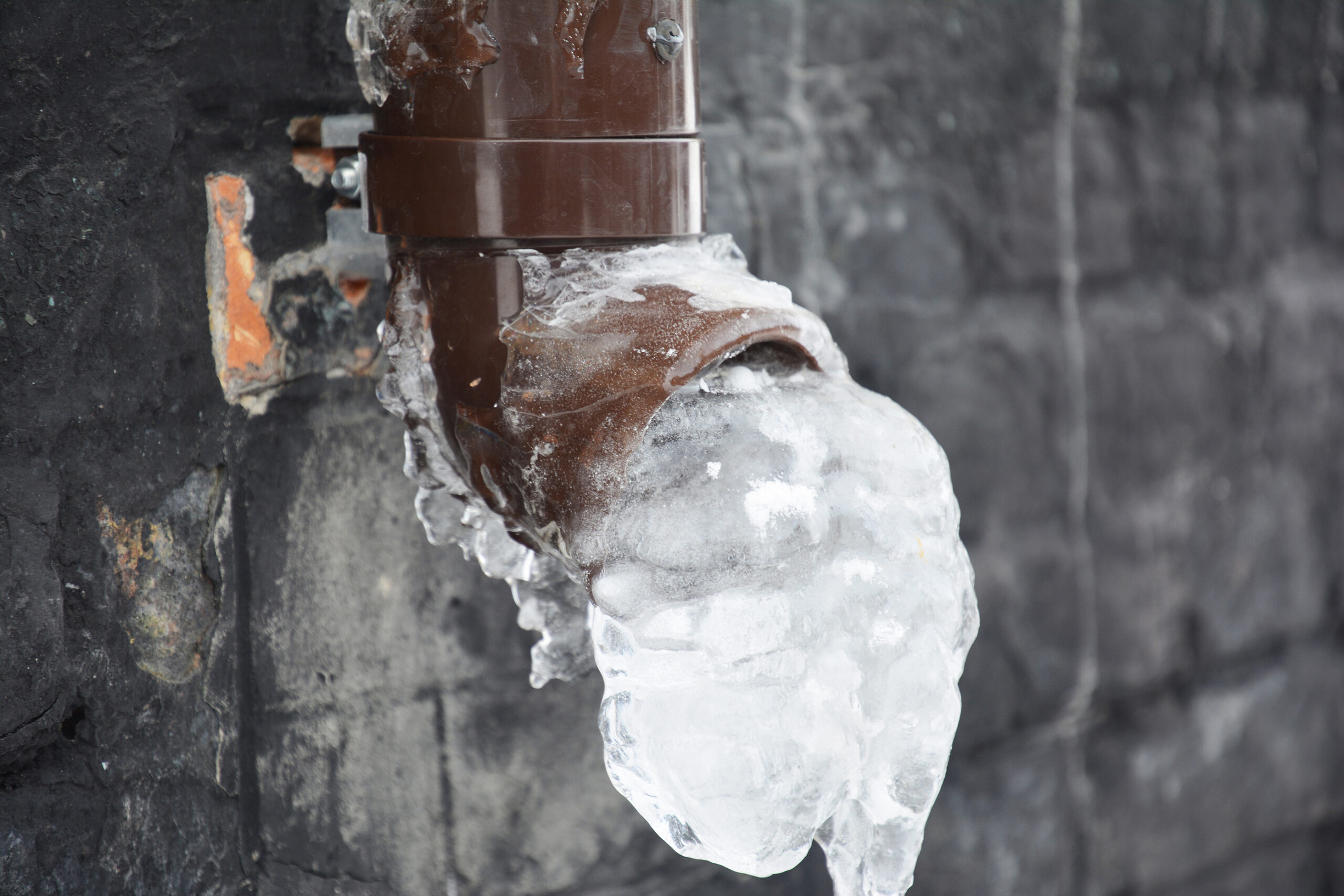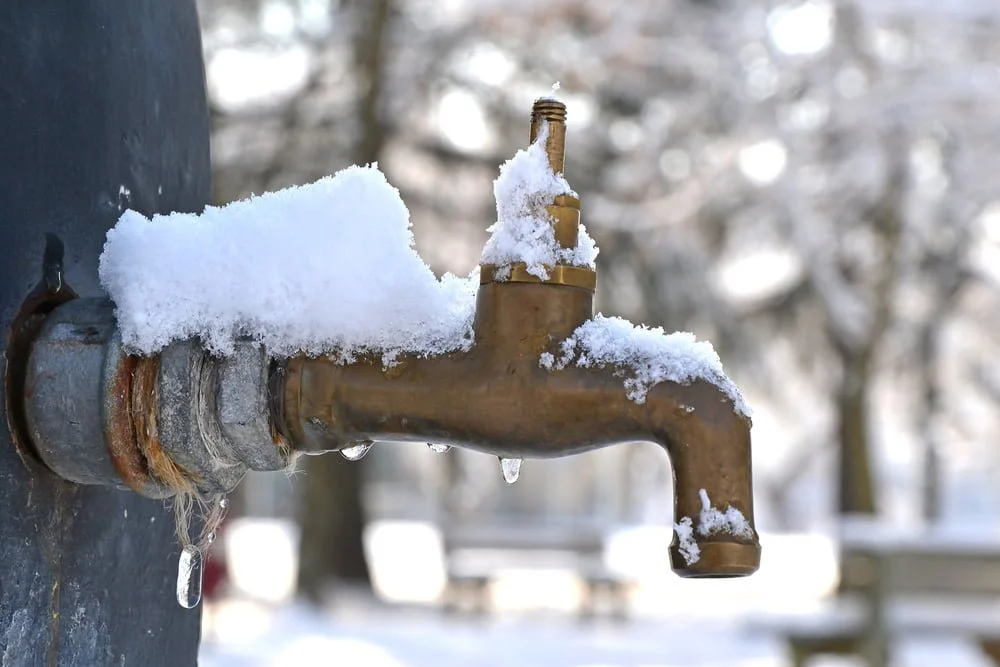Preventing Frozen Pipes: Top Tips for Cold Weather
Preventing Frozen Pipes: Top Tips for Cold Weather
Blog Article
The author is making a few great points on the subject of 6 Ways to Prevent Frozen Pipes in general in the article just below.

Winter can wreak havoc on your plumbing, specifically by freezing pipes. Below's exactly how to avoid it from occurring and what to do if it does.
Intro
As temperatures decrease, the threat of frozen pipelines boosts, potentially resulting in pricey repair services and water damage. Understanding how to prevent icy pipelines is essential for house owners in cool environments.
Recognizing Frozen Pipes
What creates pipelines to freeze?
Pipes ice up when exposed to temperature levels below 32 ° F (0 ° C) for extended durations. As water inside the pipelines freezes, it broadens, taxing the pipe walls and possibly triggering them to break.
Risks and damages
Icy pipes can lead to water interruptions, residential or commercial property damages, and expensive repairs. Burst pipelines can flooding homes and trigger extensive structural damage.
Indications of Frozen Pipeline
Recognizing frozen pipes early can stop them from rupturing.
Exactly how to recognize icy pipelines
Search for decreased water flow from taps, unusual smells or sounds from pipes, and visible frost on exposed pipes.
Avoidance Tips
Insulating susceptible pipes
Wrap pipelines in insulation sleeves or utilize warmth tape to protect them from freezing temperature levels. Concentrate on pipes in unheated or external locations of the home.
Heating methods
Keep interior rooms effectively heated, especially locations with pipes. Open closet doors to permit cozy air to circulate around pipelines under sinks.
Safeguarding Exterior Pipes
Yard tubes and exterior taps
Disconnect and drain yard hose pipes prior to winter season. Mount frost-proof spigots or cover exterior taps with shielded caps.
What to Do If Your Pipes Freeze
Immediate activities to take
If you believe frozen pipes, keep faucets open up to alleviate pressure as the ice melts. Make use of a hairdryer or towels soaked in warm water to thaw pipelines slowly.
Long-Term Solutions
Architectural modifications
Take into consideration rerouting pipelines far from exterior wall surfaces or unheated areas. Include extra insulation to attics, basements, and crawl spaces.
Updating insulation
Purchase high-grade insulation for pipelines, attics, and walls. Proper insulation helps maintain regular temperature levels and minimizes the danger of icy pipelines.
Verdict
Preventing frozen pipes needs positive steps and quick feedbacks. By understanding the causes, indications, and preventive measures, homeowners can shield their plumbing throughout cold weather.
5 Ways to Prevent Frozen Pipes
Drain Outdoor Faucets and Disconnect Hoses
First, close the shut-off valve that controls the flow of water in the pipe to your outdoor faucet. Then, head outside to disconnect and drain your hose and open the outdoor faucet to allow the water to completely drain out of the line. Turn off the faucet when done. Finally, head back to the shut-off valve and drain the remaining water inside the pipe into a bucket or container. Additionally, if you have a home irrigation system, you should consider hiring an expert to clear the system of water each year.
Insulate Pipes
One of the best and most cost-effective methods for preventing frozen water pipes is to wrap your pipes with insulation. This is especially important for areas in your home that aren’t exposed to heat, such as an attic. We suggest using foam sleeves, which can typically be found at your local hardware store.
Keep Heat Running at 65
Your pipes are located inside your walls, and the temperature there is much colder than the rest of the house. To prevent your pipes from freezing, The Insurance Information Institute suggests that you keep your home heated to at least 65 degrees, even when traveling. You may want to invest in smart devices that can keep an eye on the temperature in your home while you’re away.
Leave Water Dripping
Moving water — even a small trickle — can prevent ice from forming inside your pipes. When freezing temps are imminent, start a drip of water from all faucets that serve exposed pipes. Leaving a few faucets running will also help relieve pressure inside the pipes and help prevent a rupture if the water inside freezes.
Open Cupboard Doors
Warm your kitchen and bathroom pipes by opening cupboards and vanities. You should also leave your interior doors ajar to help warm air circulate evenly throughout your home.

We are very interested in 6 Ways to Prevent Frozen Pipes and I'm hoping you enjoyed reading my post. Appreciated our posting? Please share it. Help other people check it out. Thank-you for going through it.
Estimate Report this page